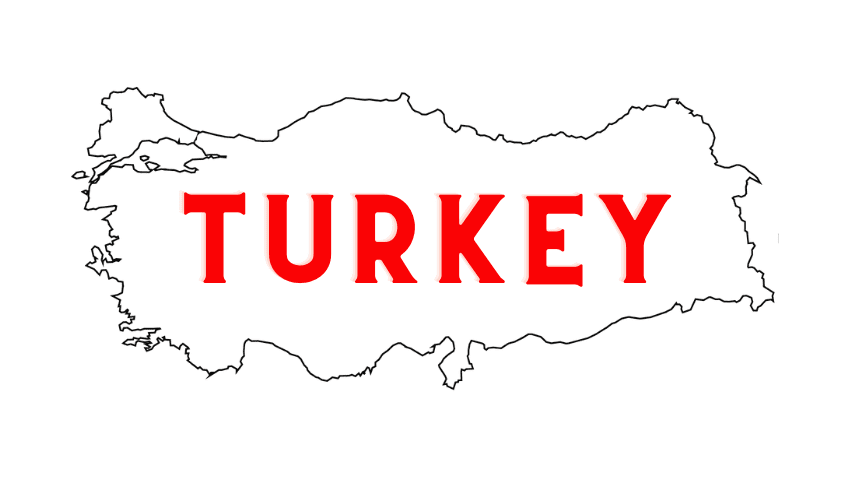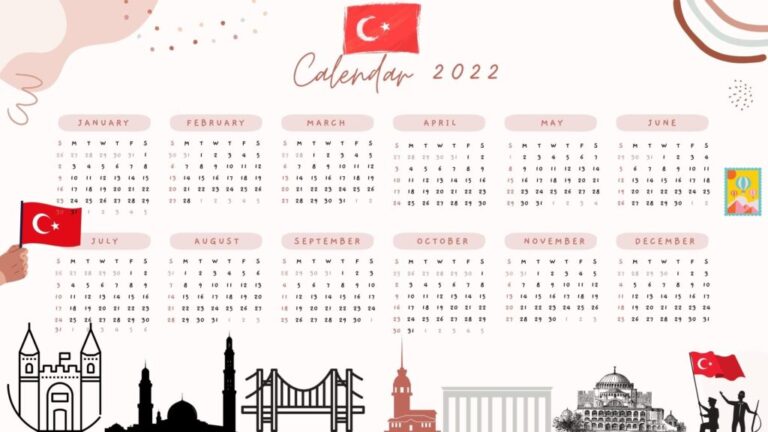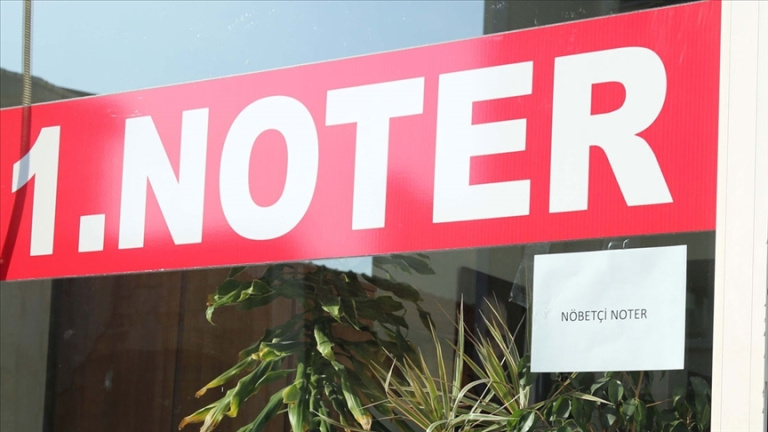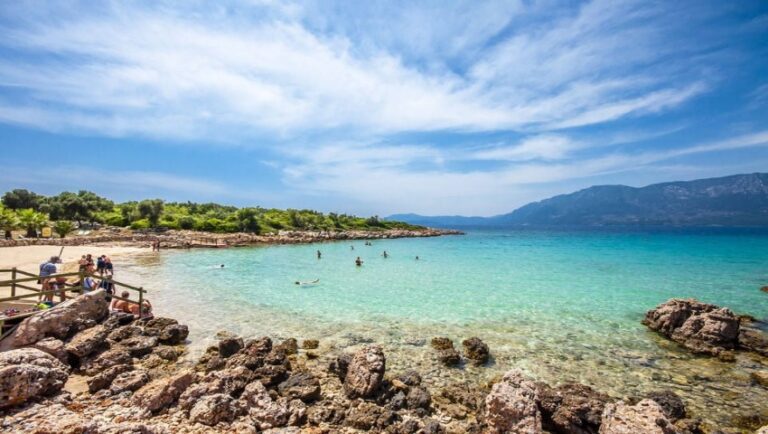Table of Contents
Do you know the ins and outs of Turkey land borders Whether you’re a geography buff or just curious about this fascinating country, this blog post is for you!
We’ll cover the countries bordering Turkey, as well as any other interesting facts related to its land borders. So grab your atlas or globe and join us on the journey!

Introduction to Turkey Land Borders
Welcome to the Turkey Land Borders! As you may already know, Türkiye is surrounded by sea on three sides, the Mediterranean in the south, the Aegean in the west, and the Black Sea in the north. It also has a large, roughly rectangular peninsula that bridges these seas.
The total area of Turkey is 783,562 km2 (302,535 sq mi), with 98% of it being land and 2% of it being water. The coastline of Turkey is 7,200 km (4,500 mi) long and it has a total of 10 land borders with 5 different countries.
To enter into and exit from Turkey you will need a valid passport or travel document. Furthermore, document checks are required when crossing through a border gate. Knowing all this information helps make planning your trip to Turkey much easier! (1)
To learn more about the Turkey Land Borders, keep reading through this article.
Total Land Borders of Turkey
Turkey’s total land borders measure up to 2,816 kilometers, connecting the nation to 8 different countries – Armenia, Azerbaijan, Bulgaria, Georgia, Greece, Iran, Iraq and Syria. Apart from its land boundaries, the country is also surrounded by sea on three sides – The Mediterranean in the south, the Aegean in the west and the Black Sea in the north.
As a result of its strategic geographic location, many people use this land border to enter Turkey. However, it is important to note that visitors must have valid documents with them when crossing into Turkey as the government has in place certain policies regarding entry and exit.
Border Gates of Turkey
When it comes to crossing the border into Turkey, visitors are required to use one of the designated border gates. Besides a valid passport or travel document, visitors may also need to obtain a Turkish eVisa. The two main road crossing points are located in the North East of Greece and will require document checks upon entry.
We have prepared a list of Turkey’s most important border gates for you below.
- Kapikule Border Gate – located on the Bulgarian-Turkish border, near the city of Edirne
- Habur Border Gate – located on the Iraqi-Turkish border, near the city of Silopi
- Cilvegozu Border Gate – located on the Syrian-Turkish border, near the city of Reyhanli
- Sarp Border Gate – located on the Georgian-Turkish border, near the city of Artvin
- Ipsala Border Gate – located on the Greek-Turkish border, near the city of Edirne
- Oncupinar Border Gate – located on the Syrian-Turkish border, near the city of Kilis
- Kapitan Andreevo Border Gate – located on the Bulgarian-Turkish border, near the city of Edirne
Also read: Turkey Ministry of Culture and Tourism
Sea Boundaries of Turkey
Turkey is surrounded by four seas – the Mediterranean, Aegean, Marmara and Black Sea – and has 8,333 kilometres of coastline. The Black Sea borders Turkey to the north and is a major trading hub in the region.
The Mediterranean Sea is to the south, and the Aegean Sea is to the west. The Marmara Sea separates Turkey’s European and Asian land masses. Turkey has no direct land border with Russia, but a sea border due to being located on the Black Sea coasts of both countries.
This makes for easy maritime access between Russia and Turkey, making it an important trade route for both countries.
Countries that Border Turkey
You may be surprised to learn that Turkey is a country that borders 8 different countries. To the northwest is Bulgaria, to the northeast is Georgia and Armenia, and to the east are Azerbaijan and Iran. In the south, you’ll find Iraq and Syria. Lastly, Greece lies to the west of Turkey.
Each of these countries has their own unique culture and customs and borders can be crossed with the right documents. It’s important to research specific requirements for entry and exit when travelling through any of these countries.
Documents Required for Entry and Exit to and from Turkey
When entering or exiting Turkey, you must have valid and appropriate travel documents. Additionally, all travelers over the age of 6 must present a valid passport, visa application form, and letter from their employer when applying for entry. It is important to note that all of these documents must remain valid throughout your stay in Turkey.
Conclusion
In conclusion, Turkey land borders are highly regulated by the government and require a valid passport and other documents for entry and exit. Safety is also a key concern at Turkey’s borders, with both the government and citizens taking proactive steps to protect the country.
Ultimately, Turkey land borders offer a unique opportunity to experience the diverse cultures of the region while providing a secure means of travel.





